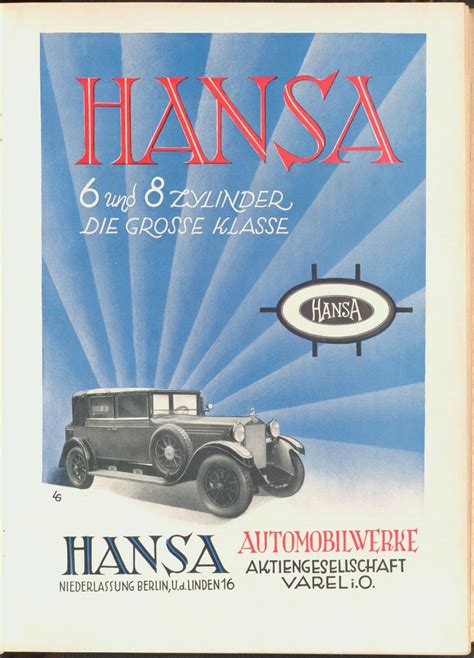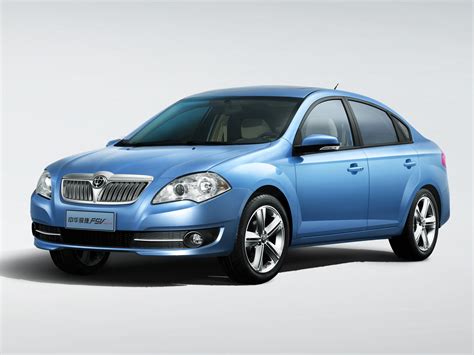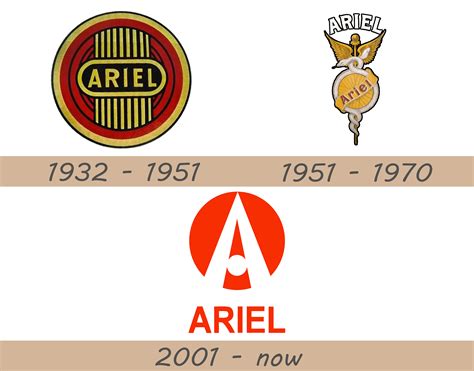Explore Lada’s early beginnings, Soviet influence, partnerships, global expansion, and modern innovations. Discover the brand’s future prospects in the automotive industry.
Early Beginnings of Lada
Contents
Lada car company has a rich history that dates back to its early beginnings in the late 1960s. It all started when the Soviet government, looking to improve the country’s automotive industry, formed a partnership with Fiat, an Italian car manufacturer. This collaboration led to the creation of a new brand called Lada, which aimed to produce affordable and reliable vehicles for the Soviet people.
As a result of this partnership, the first Lada car, the Vaz-2101, was launched in 1970. This model was based on the Fiat 124 and quickly became popular among Soviet citizens due to its affordability and practicality. The success of the Vaz-2101 marked the beginning of Lada‘s journey as a leading car manufacturer in the Soviet Union.
In the following years, Lada continued to expand its range of vehicles, introducing new models and modernizing its production facilities. The company’s early years were marked by innovation and growth, as it quickly became a symbol of Soviet automotive engineering. Lada‘s commitment to quality and affordability made it a household name in the Soviet Union and laid the foundation for its future success.
Influence of Soviet Government
The Lada car company has a deep-rooted history and an interesting journey that has been influenced by various factors. One of the most prominent influences on the development and growth of Lada as a car company was the Soviet government. During the Soviet era, the government played a significant role in the development of the automotive industry in the country. The government’s policies and initiatives shaped the direction of the industry and had a direct impact on the establishment and growth of Lada as a leading automobile manufacturer in the Soviet Union.
One of the key ways in which the Soviet government influenced the Lada car company was through its policies on industrialization and manufacturing. The government’s focus on developing a self-sufficient industrial base led to the establishment of the automobile manufacturing industry in the country. Lada, as a part of this industry, benefited from the government’s emphasis on domestic production and manufacturing.
Another way in which the Soviet government influenced Lada was through its strategic partnerships and collaborations. The government actively promoted collaborations between domestic companies and foreign manufacturers to transfer technology and expertise to the Soviet Union. This facilitated the acquisition of knowledge and skills that were critical for the development of Lada as a competitive player in the automotive market.
Furthermore, the government’s support for Lada in terms of investment and resources played a vital role in the company’s growth and expansion. The Soviet government provided funding and infrastructure support to Lada, enabling the company to invest in research, development, and modernization of its manufacturing facilities.
In conclusion, the influence of the Soviet government on the Lada car company was profound and far-reaching. The government’s policies, initiatives, and support were instrumental in shaping the trajectory of Lada as a leading automobile manufacturer in the Soviet Union.
Partnerships and Collaborations
The Lada Car Company has a history of forming strategic partnerships and collaborations with various global automotive manufacturers. One of the most significant partnerships in Lada’s history was with the Italian carmaker Fiat. In 1966, Lada signed a major agreement with Fiat to manufacture the Fiat 124 under license in the Soviet Union. This partnership allowed Lada to gain access to modern automotive technology and design expertise from Fiat, while providing Fiat with a foothold in the Soviet automotive market.
In addition to its collaboration with Fiat, Lada has also formed partnerships with other international automakers, such as Renault and General Motors. The alliance with Renault has been particularly fruitful, resulting in the joint development of new vehicle models and the sharing of manufacturing facilities. Lada’s collaboration with General Motors has also led to the introduction of new technologies and improved production processes.
Furthermore, Lada has established partnerships with various suppliers and technology companies to enhance its product offerings and improve manufacturing processes. By forging these strategic alliances, Lada has been able to leverage the expertise and resources of its partners to strengthen its position in the global automotive market and develop innovative vehicles that meet the evolving needs of customers.
Market Expansion and Global Reach
Market Expansion and Global Reach
Lada Car Company has come a long way since its early beginnings in the Soviet Union. With the collapse of the Soviet government in the early 1990s, Lada faced a significant challenge in staying relevant and expanding its market reach on a global scale. However, through strategic partnerships and collaborations with international automotive companies, Lada was able to establish a presence in various markets around the world.
One of the key strategies employed by Lada to expand its global reach was the formation of partnerships with foreign automotive companies. These partnerships allowed Lada to leverage the expertise and resources of its partners to gain a foothold in new markets. Through joint ventures and licensing agreements, Lada was able to produce and sell its vehicles in countries across Europe, Asia, and Latin America.
Furthermore, Lada capitalized on emerging markets in developing countries, where the demand for affordable and reliable transportation was on the rise. By adapting its product offerings to suit the needs of these markets, Lada was able to successfully establish a strong presence in regions such as Eastern Europe, the Middle East, and Africa.
In addition to partnerships and targeted market strategies, Lada invested heavily in the development of modern innovations that would appeal to a global audience. This included the introduction of environmentally-friendly technologies, advanced safety features, and cutting-edge design elements that catered to the preferences of consumers in different regions.
Looking forward, as the automotive industry continues to evolve, Lada is committed to staying at the forefront of innovation and meeting the changing needs of consumers worldwide. With a solid foundation in place and a global network of partners and distributors, Lada is poised to further expand its market reach and strengthen its position as a leading global automotive brand.
Modern Innovations and Future Prospects
As the automotive industry continues to evolve, Lada Car Company has been at the forefront of implementing modern innovations to enhance their vehicles. With advancements in technology, Lada has been actively incorporating new features such as electric and hybrid options, as well as advanced safety systems to appeal to the changing consumer preferences.
Furthermore, with the rise of environmental consciousness and the need to reduce carbon emissions, Lada has been investing in developing sustainable and eco-friendly vehicles. By introducing electric and hybrid models, the company aims to stay competitive in the market while addressing the growing demand for greener transportation options.
In addition to technological advancements, Lada is also exploring future prospects through potential collaborations and partnerships with other industry leaders. By teaming up with other companies or tech giants, Lada aims to explore new opportunities for growth and expansion in the global market.
Looking ahead, the future prospects of Lada Car Company appear promising as they continue to innovate and adapt to the changing automotive landscape. With a focus on sustainable technology and potential partnerships, Lada is poised to remain a key player in the industry with their modern innovations and forward-thinking strategies.












